A hangar is a closed building that is used to store aircraft or spacecraft. Hangars are typically built from metal, wood or concrete. They are used to protect aircraft from the weather, direct sunlight and for maintenance, repair, manufacturing, assembly and storage of aircraft.
Hangars come in all shapes and sizes, but most often have a large open space in which the aircraft is parked. Some hangars can also have offices or restroom facilities.
Risks and Challenges
There are a number of fire risks in aircraft hangars. These can include:
- Chemicals and Fuels
- Aircraft fuel and chemicals, such as cleaning products, paints and lubricants used for aircraft can be extremely volatile and cause a fire to start if not treated or stored correctly.
- Faulty Equipment
- Equipment used within the hangar, such as aircraft tugs (used to move aircraft), can become faulty and cause a fire if not maintained properly.
- Sparks
- If repairs are being carried out inside a hangar, sparks, generated by welding, friction or machinery can easily start a fire if they were to come into contact with flammable materials.
- Dust
- Dust and dirt can also be very flammable and cause a fire to spread very quickly.
There are also a number of challenges when it comes to providing reliable detection. Dust and dirt, fumes from chemicals and fuels, and high-ceilings, large voluminous areas and unpredictable airflows can all make traditional type detection unreliable.
Honeywell FSL100 Flame Detector
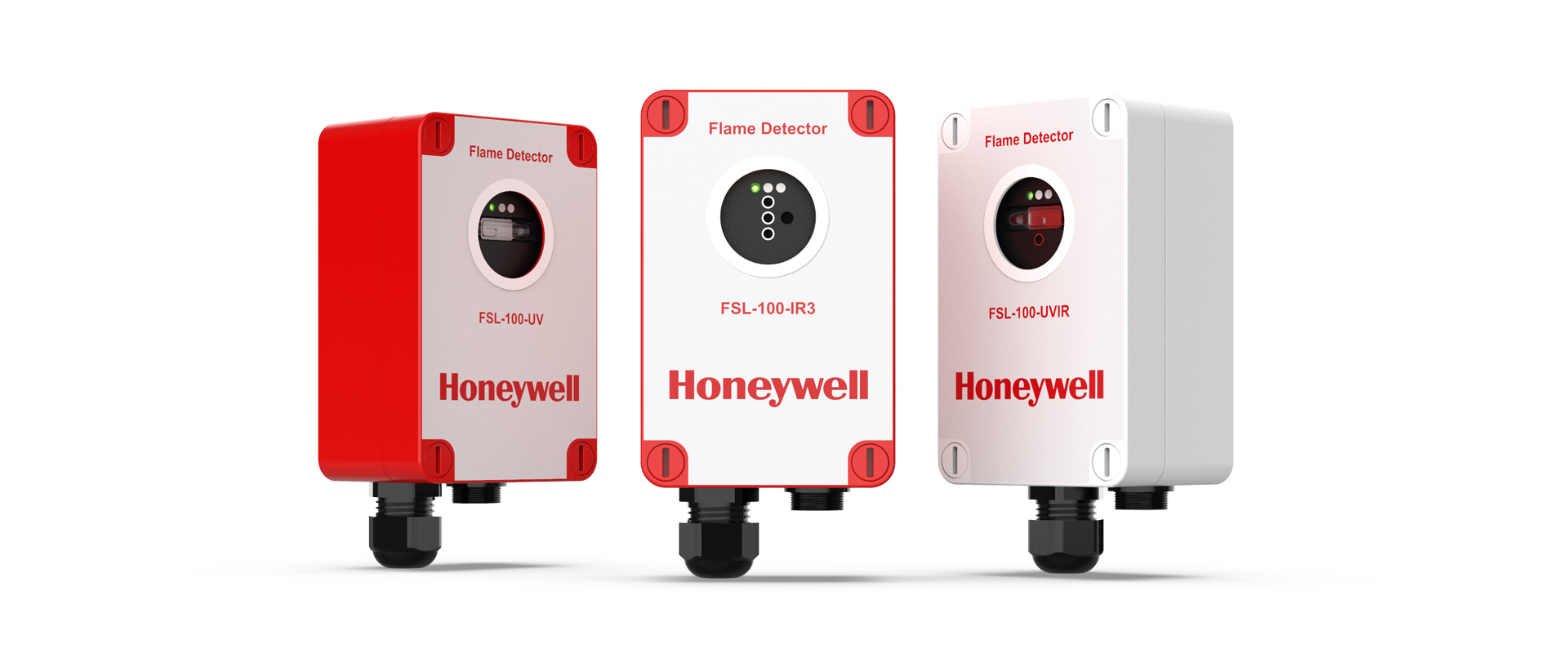
Flame detectors are designed to detect and respond to the presence of a flame or fire. A flame detector can often respond faster and more accurately than traditional smoke or heat detectors due to the mechanisms it uses to detect the flame.
Flame detectors monitor an area by looking for the presence of invisible infrared or ultraviolet light that occurs outside the frequency range occupied by visible flames to determine whether or not a fire is actually present within their field of view. They are unaffected by the presence of interference from sunlight, smoke, dust, vapour etc. and are unaffected by unpredictable airflow.
The FSL100 series of flame detectors from Honeywell provides fast and reliable detection of flaming fires within a wide range of applications. All detectors in the series use sophisticated sensing and signal analysis to quickly detect fire while rejecting false alarms.
These detectors are housed in a lightweight GRP casing and, despite their small size, can work in tough indoor or outdoor environments. They have a large field of view and can detect a variety of different fire types.
There are three detectors in the FSL100 series; UV, UV/IR, and IR3 flame detectors:
- FSL100-UV
This detector is suitable for indoor applications and provides a reliable solution for detecting fires from materials that burn with low temperatures such as Sulphur. They offer good resistance against direct and reflected sunlight and artificial light such as fluorescent tubes and glass covered halogen lights. - FSL100-UV/IR
These detectors analyse flame-flicker frequency for improved false alarm rejection. Their dual sensing methodology enables effective detection of hydrocarbon and non-hydrocarbon flames. They offer good resistance against direct and reflected sunlight and artificial light such as fluorescent tubes and glass covered halogen lights, arcs and electrical discharges and the radiation from electric welding. - FSL100-IR3
These detectors offer the detection capabilities of the other detectors in the range but are particularly suitable for detecting liquid hydrocarbon and dirty fires. They are affected less by window contamination or smoky fires and are especially suited to fires that emit large amounts of smoke.
Typical Installation
One or more detectors should be positioned on walls or above the monitored object or area (exact placement and number of detectors should be discussed with a qualified engineer). FSL100 series detectors can be mounted using the optional swivel mount for wall or ceiling mounting or can be mounted directly to the ceiling.
The FSL100 flame detector has a cone of vision of 90° so it can monitor areas extending from floor to ceiling and extending to approximately 23m (FSL100-UV and UV/IR) or 35m (FLS100-IR3).
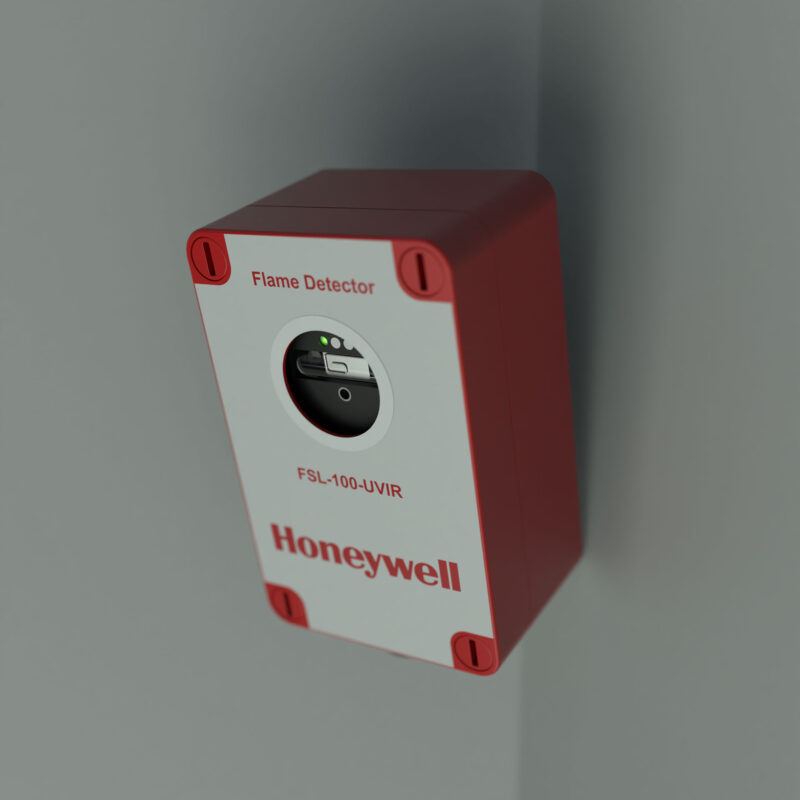

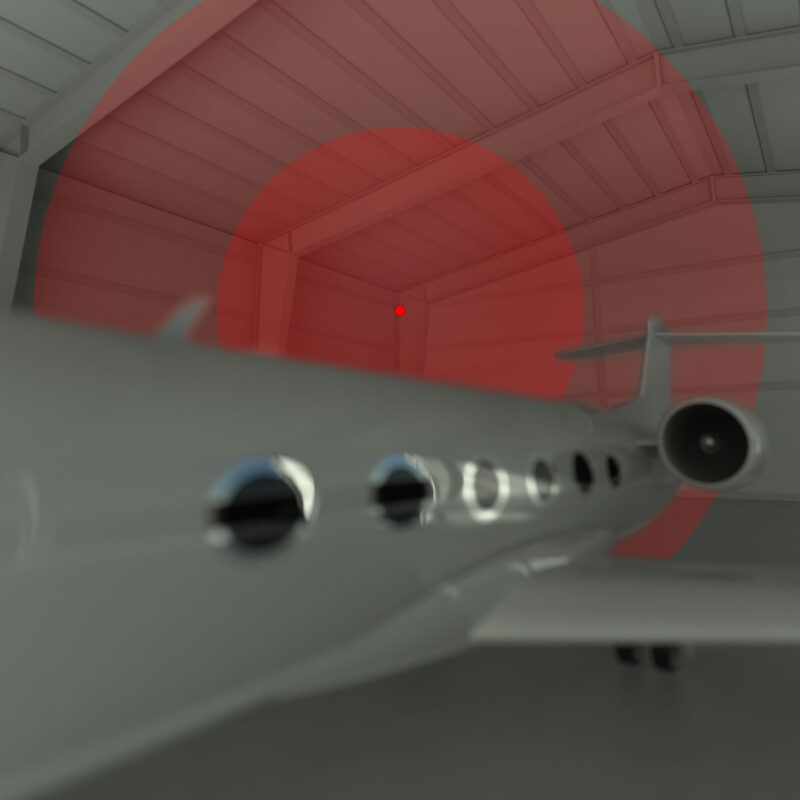
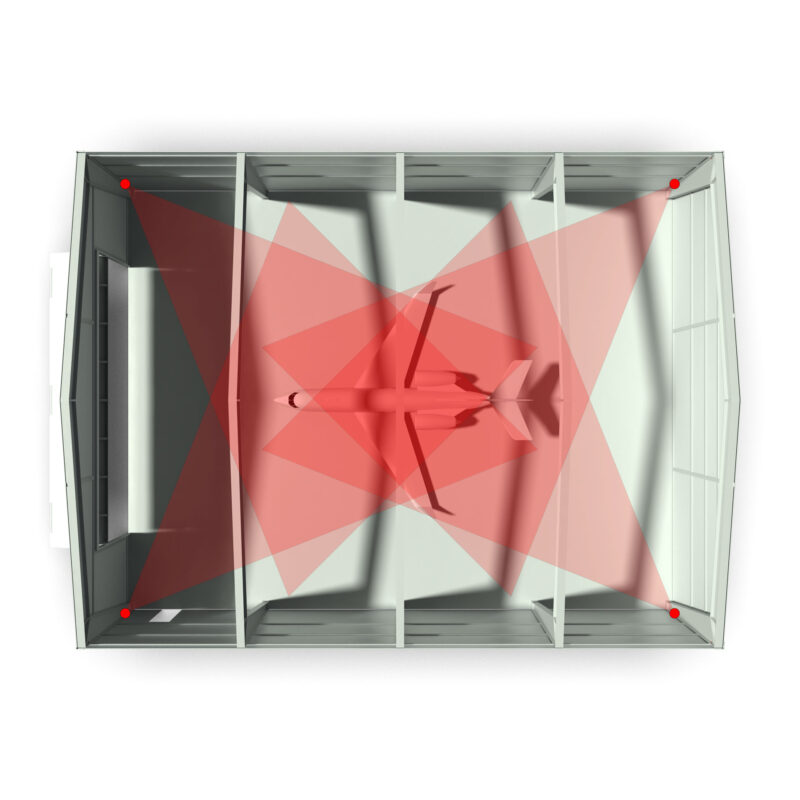
Handpicked Products for an Aircraft Hanger
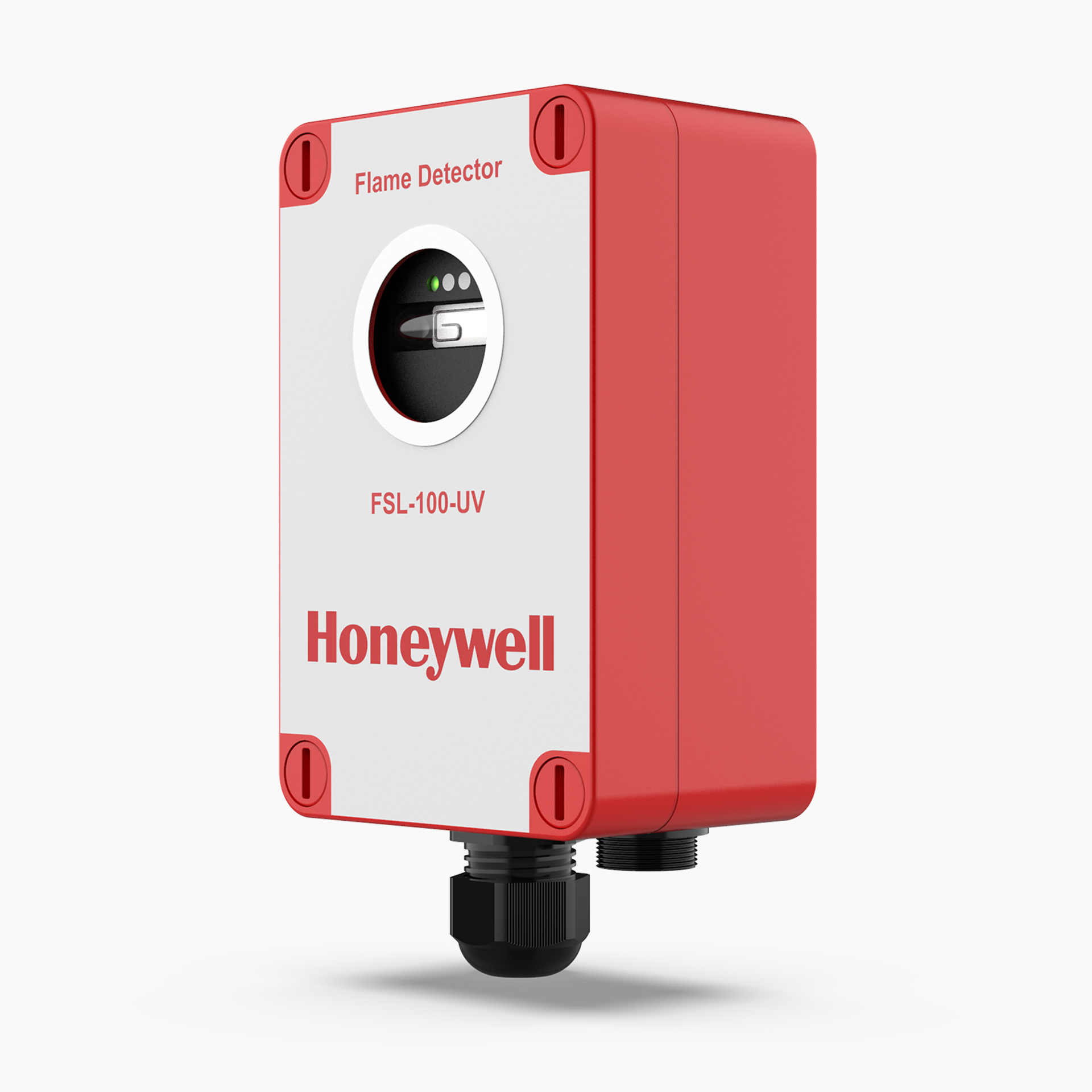
The FSL100 analyses flame flicker frequency for improved false alarm rejection. Dual sensing methodology enables effective detection of hydrocarbon and non-hydrocarbon flames. These detectors offer good resistance against direct and reflected sunlight and artificial light such as fluorescent tubes and glass covered halogen lights, arcs and electrical discharges and the radiation from electric welding.
Why Choose Eurofyre?
- Complete System Supplier
- Eurofyre supplies all aspects of fire detection including flame detection and its associated products and can provide expert advice and consultation.
- Demonstration and Training
- We offer demonstrations and expert training on a range of systems, including the FSL100 series of flame detectors, in our very own sophisticated training facility.
- After-Sales Support
- Eurofyre offers both on-site and telephone support to assist you in ensuring that your system is fully functional and operating at maximum efficiency. Our after-sales care and support are second to none.
For more information about flame detection systems,, or to discuss any of the other products that Eurofyre has to offer, please feel free to get in touch either by phone on +44 (0) 1329 835 024, by email to sales@eurofyre.co.uk or via the online enquiry form situated on our contact page.
Don’t forget you can follow us on LinkedIn, Twitter and Facebook or sign up to our newsletter (in the footer below) to receive all the latest information from Eurofyre.